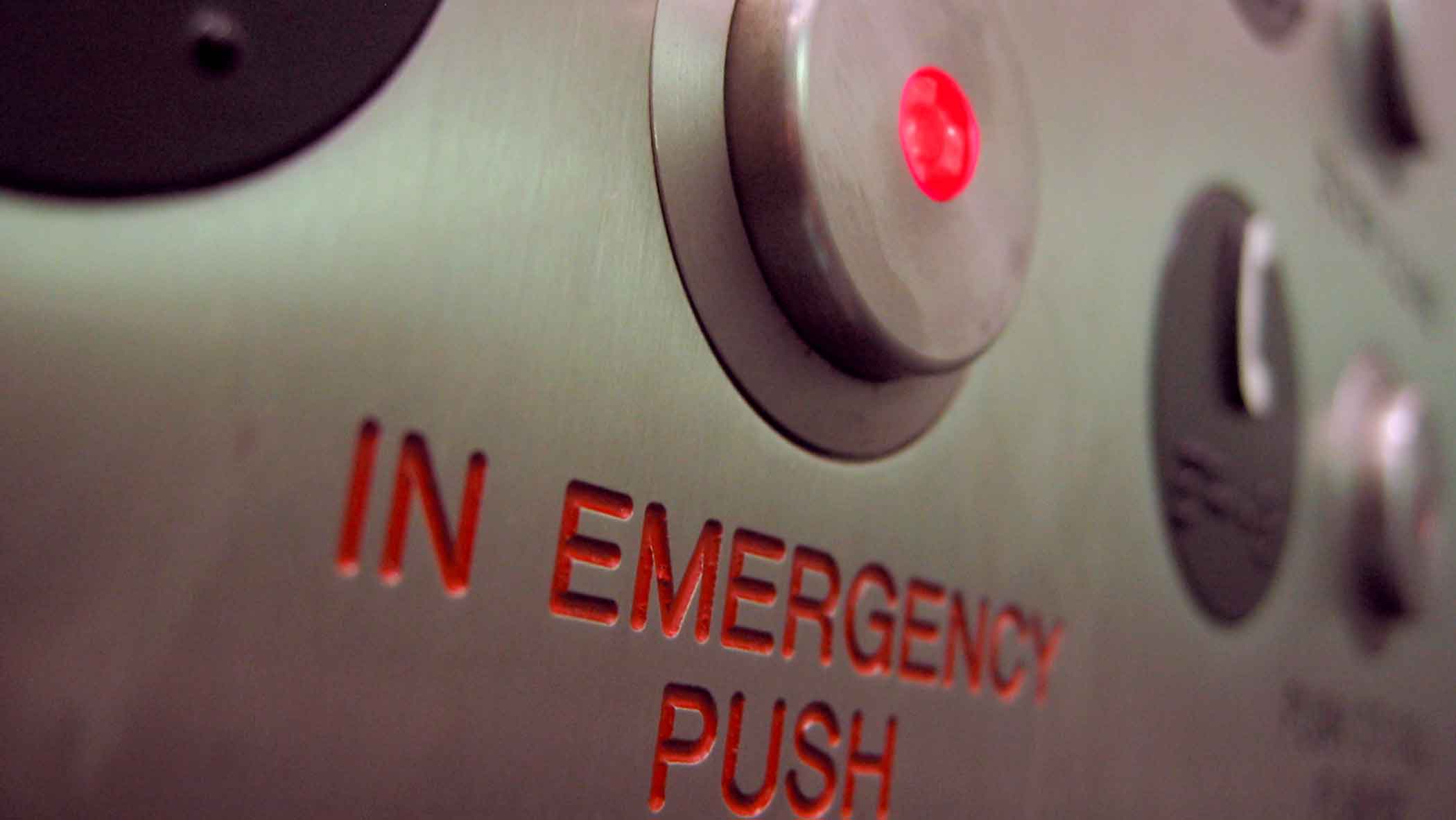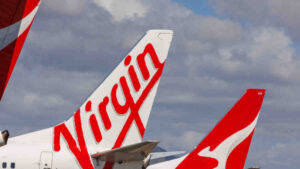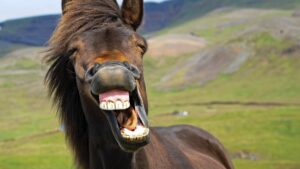The RBA says it’s on after hitting button on record low rates, quantitative easing

Picture: Getty.
The Reserve Bank has cut the official cash rate to 0.25 per cent, the first unscheduled cut since 1997, and announced its first step into quantitative easing (QE) as the full impact on the economy by the COVID-19 measures begin to be felt.
In an emergency meeting, the RBA said it won’t increase the cash rate target until it can see progress towards full employment and inflation sitting sustainably within its 2-3 per cent target band.
Just two weeks ago it cut the rate to 0.5 per cent.
RBA governor Phillip Lowe also announced the RBA’s first foray into QE, with a government bond buying program designed to keep yields for three-year bonds around 0.25 per cent.
The program will start on Friday and be of government bond and semi-government securities.
And it’s promising a $90bn funding facility for banks to lend out to small businesses, similar to the one announced by the Bank of England last week.
It has also been pushing emergency cash into the financial system in a bid to avoid a crunch in the ever-nervy credit markets by conducting one-month and three-month repurchase (repo) operations each morning “until further notice”. It has also said it will offer six-month credit as well.
“Repos” are a type of loan where the bank gives the RBA collateral such as mortgages or other debt in exchange for cash, which is then lent to regular people and businesses. The bank buys the assets back for slightly more than the RBA lent out and that represents the interest earned on the loan.
Hand in hand
Lowe has said for some time that monetary stimulus was not an adequate prop for the economy without fiscal stimulus.
In the RBA statement today he noted the latest moves complemented efforts by the government to protect the worst hit parts of the economy.
“The various elements of this package reinforce one another and will help to lower funding costs across the economy and support the provision of credit, especially to small and medium-sized businesses,” he said.
The government has announced one $17.6bn stimulus package packed full of wage and salary protections and grants, and asset deductions for business.
It is expected to announce an even bigger one this week that includes measures to make payments to people who have lost their jobs as a result of the coronavirus crisis that is higher than the dole, the Newstart allowance.
The COVID-19 recession
Australia, like the rest of the world, has been beaten up by the spread of COVID-19.
Nervous credit markets have dried up on fears about high risk corporate debt, financial markets have been in turmoil as fear and opportunism drive unusually high levels of volatility, and finally the economic impacts of the pandemic are being felt.
Qantas (ASX:QAN) today said it had stood down two-thirds of its employees, or 20,000 staff, who would have to take leave in order to be paid for the period they are not in work.
Flight Centre (ASX:FLT) has warned of “inevitable” job losses, and across the ASX dozens of companies are retracting earnings guidance.
Analysts at investment bank UBS say a technical recession where the country sees two quarters of negative growth is very likely, saying it is their economists’ “base case”.
It sees unemployment rising to 6.25 per cent by the end of the year and a full stop put on the housing boom.
UNLOCK INSIGHTS
Discover the untold stories of emerging ASX stocks.
Daily news and expert analysis, it's free to subscribe.
By proceeding, you confirm you understand that we handle personal information in accordance with our Privacy Policy.








